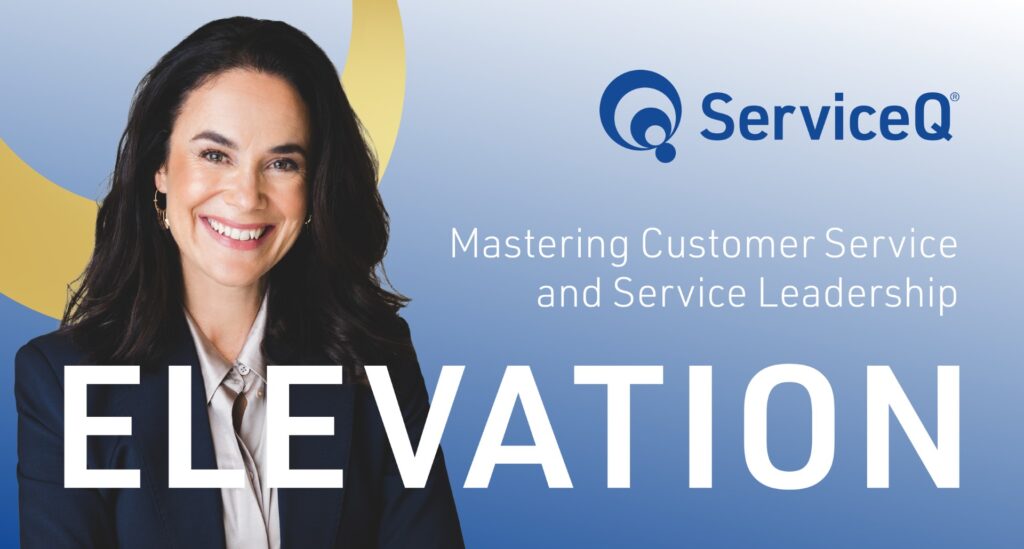Recently, I found myself standing at a beautiful bakery counter in Sweden. It was a busy Sunday morning, a true feast for the eyes: rows of cinnamon buns, sandwiches with interesting fillings, and cakes in every shape and colour.
Every few metres, there was a QR code and a credit card machine. Customers were expected to self-serve.
Plenty of staff were behind the counter, smiling, busy restocking the food and making coffee orders. But no one, not a single one of them was serving humans.
In fact, we were placing orders through the QR code while the staff continued chatting amongst themselves and moving pastries around. We were invisible. And it was weird.
My instinct kicked in. I smiled, said good morning, waited for a response… any moment now they’d acknowledge me, right? Offer a warm welcome, and ask what I’d like? But nothing.
This bakery is clearly popular. It’s likely been designed with the future of service in mind: automation, tech-enabled transactions, and minimal human interaction. Yet it felt soulless.
And as I walked out with my (delicious) cinnamon bun, I realised something important: I had zero connection to that brand. No memory made. No moment shared. Just a transaction.
I’m calling this Vacant Service: The staff are physically there, but the spirit of service has left the building; their role has been reduced to logistics, not relationships.
So, what are they doing?
- One staff member had AirPods in while restocking.
- No one was available to answer questions.
- No suggestions, no up-selling, no warm exchange.
- No curiosity. No service.
We talk about tech-enabled service, but this? This wasn’t service with tech; it was tech instead of service.
And that raises some big questions for any leader designing customer experiences today:
Ask yourself these three things:
- What are the goals of the technology we’re introducing?
- What are the goals of the people in the experience?
- What moments matter most to our customers; and are we making the most of those?
Service is more than efficient transactions. It’s the moment between the moments; the eye contact, the pause, the helpful suggestion.
As we design the future of service, let’s ensure we don’t delete the very thing that makes it magic: human connection.
